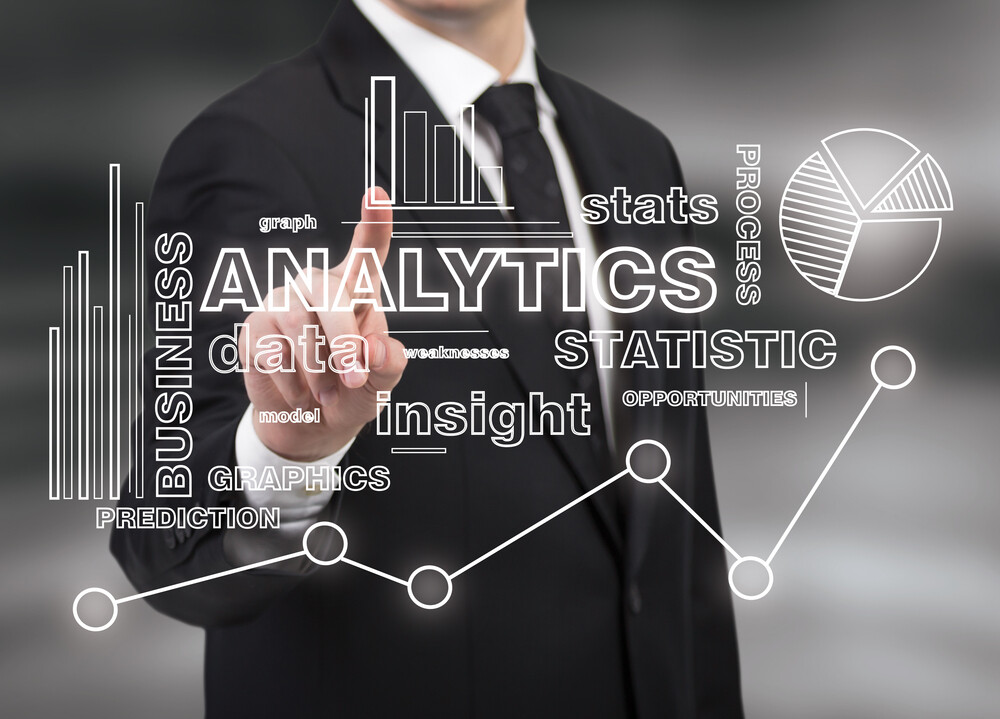Contents
- 1 The Position of Knowledge Analytics in Utilities Enterprise Intelligence
- 2 Sorts of Knowledge Utilized in Utilities Enterprise Analytics
- 3 Knowledge Analytics Instruments and Applied sciences for Utilities
- 4 Challenges and Alternatives in Implementing Knowledge Analytics in Utilities: Position Of Knowledge Analytics In Utilities Enterprise Intelligence
The Position of Knowledge Analytics in Utilities Enterprise Intelligence
Knowledge analytics within the utilities sector entails using superior instruments and methods to research giant units of knowledge from varied sources to extract invaluable insights. By harnessing information analytics, utilities firms can improve their enterprise intelligence capabilities, main to higher decision-making processes, improved operational effectivity, and enhanced buyer expertise.
Examples of Knowledge Analytics Functions in Utilities Trade

– Predictive upkeep to stop gear failure
– Demand forecasting for environment friendly useful resource allocation
– Buyer segmentation for focused advertising campaigns
Sorts of Knowledge Utilized in Utilities Enterprise Analytics
Utilities enterprise analytics depend on structured information from databases, spreadsheets, and operational techniques, in addition to unstructured information from social media, emails, and sensor readings. Each varieties of information play an important position in offering a complete view of operations and buyer interactions. Actual-time information is especially necessary for utilities to reply shortly to altering circumstances and optimize efficiency.
Significance of Actual-time Knowledge in Utilities Enterprise Intelligence
– Allows proactive decision-making
– Improves response instances to emergencies
– Enhances operational effectivity and buyer satisfaction
Knowledge Analytics Instruments and Applied sciences for Utilities
Frequent information analytics instruments utilized by utilities firms embrace SAS, IBM SPSS, and Tableau. Whereas proprietary instruments provide superior options and assist, open-source instruments like R and Python present flexibility and cost-effectiveness. Machine studying and AI applied sciences are revolutionizing information analytics in utilities by enabling predictive modeling, anomaly detection, and automation of processes.
Advantages and Limitations of Utilizing Proprietary vs. Open-Supply Analytics Instruments, Position of knowledge analytics in utilities enterprise intelligence
– Proprietary instruments provide devoted assist and customization choices
– Open-source instruments present a variety of algorithms and neighborhood assist
– Proprietary instruments could also be dearer, whereas open-source instruments require extra experience for implementation
Challenges and Alternatives in Implementing Knowledge Analytics in Utilities: Position Of Knowledge Analytics In Utilities Enterprise Intelligence
Integrating information analytics into utilities operations could be difficult because of information silos, legacy techniques, and regulatory constraints. Nonetheless, the alternatives for progress and optimization are important, together with value reductions, improved service reliability, and elevated buyer satisfaction. Methods for overcoming obstacles embrace investing in information infrastructure, fostering a data-driven tradition, and partnering with analytics specialists.
Position of knowledge analytics in utilities enterprise intelligence – Receive suggestions associated to Best books on agri business supply chain that may help you right now.
Discover Sustainable_architecture for suggestions and different broad ideas.

